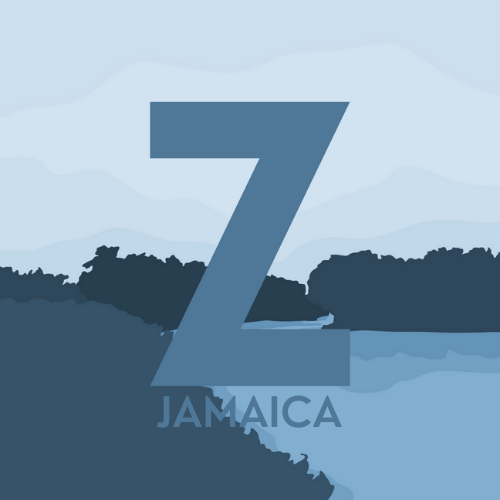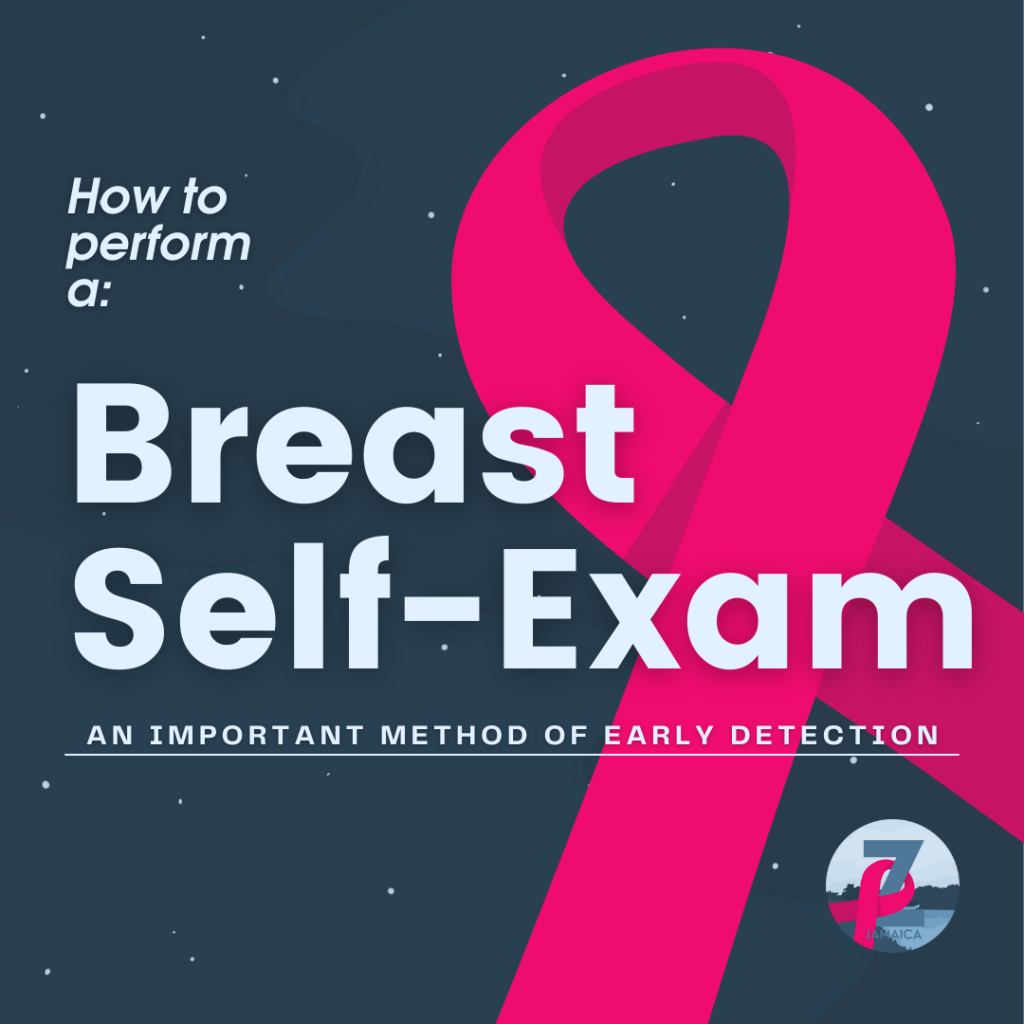by Kayla Francis & Levi (Destiny) Johnson | October 15, 2021
How to conduct a Breast Self Exam: An Important method for early detection
Step 1: Look at your breasts in the mirror.
Look for any physical changes in your breasts. First, with your shoulders straight and your arms on your hips. Then proceed to do the same with your arms raised. If you see any of the following irregularities, bring them to your doctor’s attention:
- New lump in breast/underarm
- Unusual discharge (including blood)
- Nipple positioning change/ inversion
- Bulging of skin
- Dimpling or Puckering
Step 2: Feel your breasts while lying down (on your back)
Use the pads of your first few fingers to firmly examine the breast tissue.
Use your right hand to feel your left breast and vice versa. Keep the fingers flat and together, following a circular motion about the size of a ten-dollar coin.
Cover the entire breast from your collarbone to your abdomen, underarm, and cleavage areas. Begin at the nipple, moving in larger and larger circles until you reach the outer edge of the breast
Move your fingers up and down vertically.
Feel all the tissue from the front to the back of your breast.
Use a variety of pressure levels to feel the breast tissue. Use light pressure closest to the skin, medium pressure as you go deeper, and firm pressure to feel the tissue closest to the ribcage.
Step 3: Feel your breasts while you are standing or sitting.
One of the easiest ways to do this is when skin is wet, so feel free to hop into the shower.
Cover your entire breast, using the same hand movements described in step 3.
Step 4: If you find an irregularity
Once you experience a worrisome breast change or lump, make an appointment to evaluate the breast lump. The examination can take place in the form of a physical examination of the breast or breast imaging tests.
Please note: There are many possible explanations for non-cancerous breast lumps, such as hormonal changes.
If further testing is needed, your doctor may recommend a breast MRI and/or Mammogram.
It is important that your doctor gives you an explanation of the cause of the lump or irregularity and a plan on how it will be dealt with or monitored.
If you are not satisfied with the advice of a first doctor, see a second.
Friendly reminders:
Self-examinations are not a preventative measure, but they help you to become familiar with your body and detect changes faster.
According to the Jamaica Cancer Society (JCS), approximately 60 percent of breast cancer cases diagnosed in Jamaica are among women, between the ages of 25 and 59 years.


Leave a comment